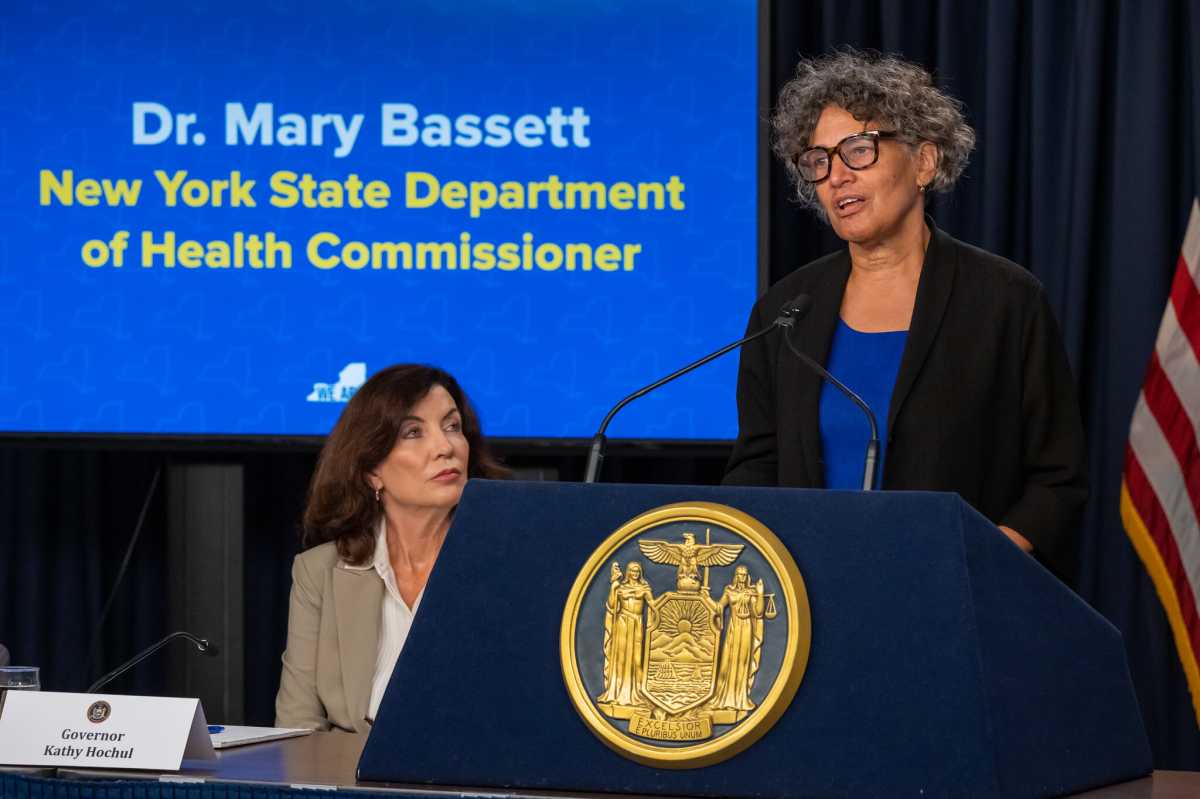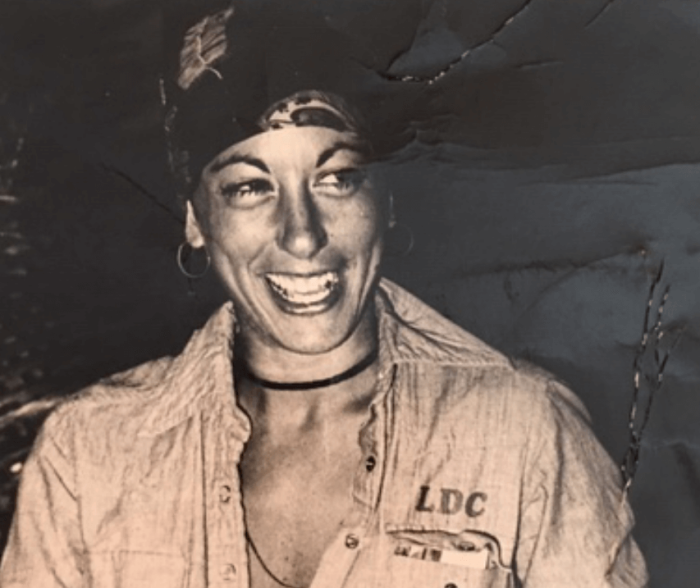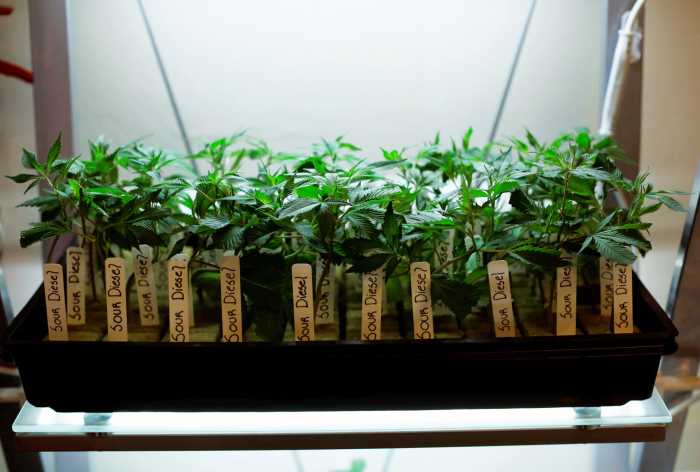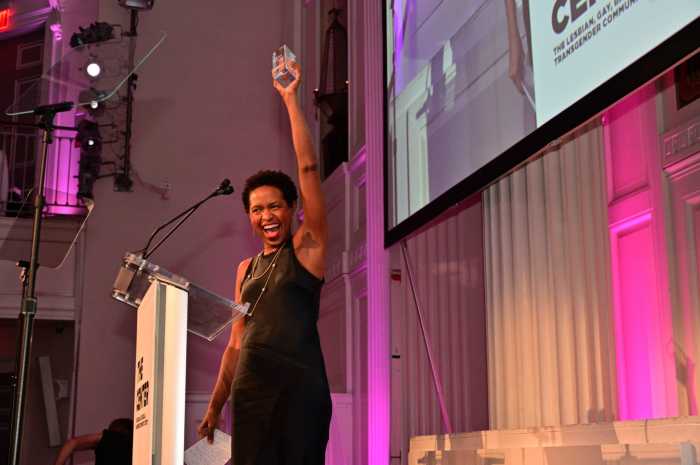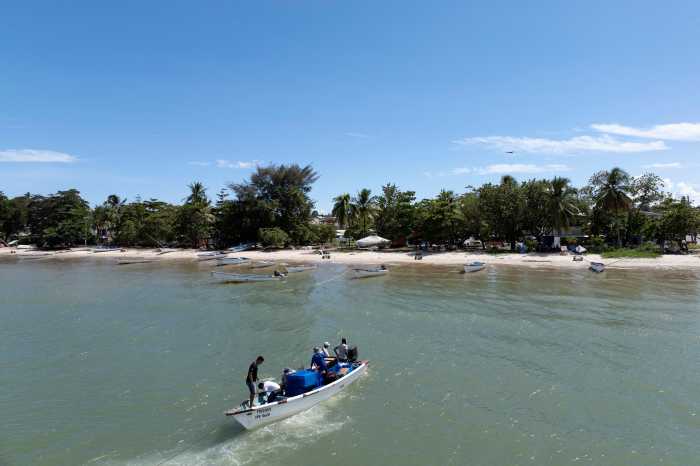In response to federal guidance, New York State is stretching the limited monkeypox vaccine supply by employing a new and temporary vaccination approach that entails administering a fraction of a dose, Governor Kathy Hochul and State Health Commissioner Mary Bassett said at an August 22 press conference. The new policy paves the way for the state to begin administering second doses of the vaccine after months of delays due to supply shortages.
The new injection method for the JYNNEOS vaccine involves giving the shots intradermally, or between layers of skin. Earlier this month, the Food and Drug Administration (FDA) issued emergency use authorization for intradermal injection.
“The reason that we can use a smaller dose is because the intradermal administration goes into the skin where we have more immunogenicity of the dose, more cells there that are active in the immune response,” Bassett said at a press conference alongside the governor. “The data that we have show that the antibody response to this route of administration is equivalent to the previous route, which was subcutaneous.”
To this point, supply shortages have meant that folks have only been allowed to receive one dose of the two-dose JYNNEOS regimen. But with the new vaccination approach, Bassett said the state plans to administer both first and second doses by August 29, which is when New York intends to complete the transition to intradermal injections.
Although Bassett insisted that the intradermal injection is effective, she also said it is more difficult for providers to administer and can be more painful for those receiving the shot.
“It will be less pleasant to receive, but it is just as immunogenic,” Bassett said.
Hochul emphasized that the intradermal method is “an interim approach until the supply chain challenge break” and that the state will continue to urge the federal government for additional doses.
“In the meantime, people want to get vaccinated,” she said. “They’re anxious; they’re desperate for this.”
Among other points, Bassett downplayed the likelihood of monkeypox transmission in schools as she pointed to the numbers showing that cases are overwhelmingly occurring among gay and bisexual men and men who have sex with men — and only one case, announced in recent days, has emerged among minors in the state, and that was outside of New York City. Still, Bassett acknowledged that some students could be exposed to monkeypox or contract monkeypox from others in their respective households or through sexual activity. Schools, she said, should anticipate those scenarios.
“The school setting is not a setting where I am concerned about transmission,” Bassett said. “I am concerned that schools know what to do if they have somebody who has either been exposed to monkeypox or has been diagnosed with monkeypox.”
Bassett also cited recent statistics outlining the demographics of those who have been vaccinated as she underscored the importance of equity. The numbers exposed racial disparities showing that Black New Yorkers have made up just 12% of doses administered so far, despite making up 31% of the vaccine-eligible population.
“We’re very concerned, which is why we launched the vaccine equity initiative to work with community-based organizations [to] reach out to people and make sure they’re aware of the opportunity to be vaccinated.”
New York State has totaled 3,180 monkeypox cases as of August 22, and most of the cases have been within New York City, which has seen 2,780 cases. By gender, men make up 2,405 of those cases. The breakdown of cases by race/ethnicity shows that Hispanic individuals have accounted for 765 cases, followed by 636 cases among white people and 630 cases among Black people.
The 25-34 age group has seen the most cases, with 1029, while 880 cases have emerged among people between the ages of 35-44.

